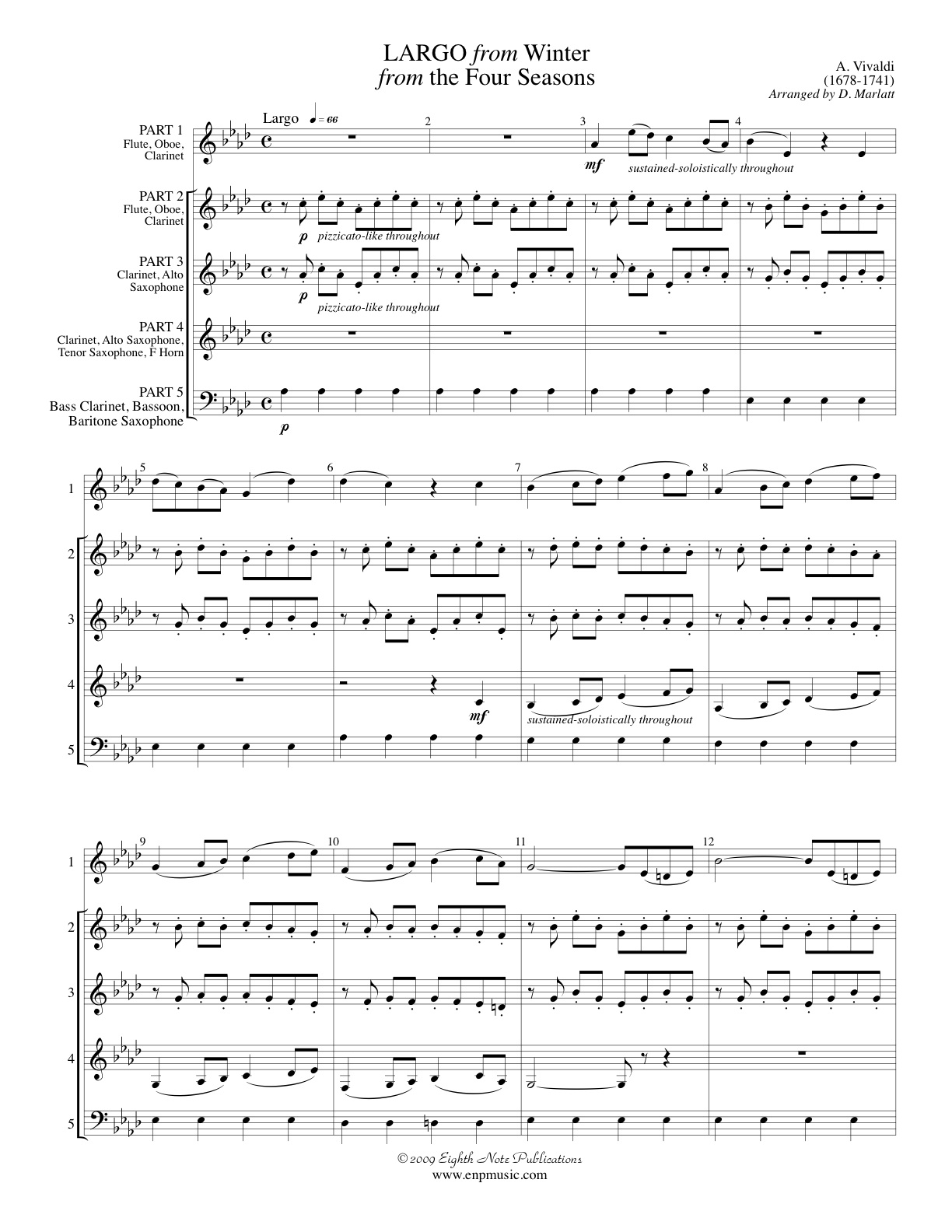

The Four Seasons (Musical Work) explained: SpringĪfter a long winter in which the snow covers in white the great landscape, the spring arises like a colorful explosion, the flowers, the butterflies and the song of the birds initiates with a joy hymn whereupon this beautiful station is received. Vivaldi loved the life intensely, so to perpetuate the deep emotion that the transformation of the nature woke up on him, he created the concerts for violin called the Four Seasons, leaving in writing in the original of the score the description of the most beautiful scenes of the Spring, Summer, Autumn and Winter, each of these concerts consists of three movements, two fast ones separated in contrast to a slow one and expressive, the most descriptive scenes are the movements. He composed 770 works, between which 477 concerts and 46 operas are told. Vivaldi was nicknamed il prete rosso (“the reddish priest”) for being a catholic priest and red-haired. Vivaldi uses pizzicato violins to represent the rain (slightly gentile to afford a drenching, it must be said!) over which the solo violin weaves one of his most beautiful melodies.Antonio Lucio Vivaldi (Venice, 4 of March of 1678 – Vienna, 28 of 1741 July) was a composer and late Baroque musician, one of the pinnacles of the Baroque, of Western and universal music, his skills are reflected in having laid the concert’s foundations the most important of his time. To rest contentedly beside the hearth, while those outside are drenched by pouring rain.


The second movement of Winter has the following line appended:

The Four Seasons is by far the most popular of these and was accompanied by specially writtensonnets (by Vivaldi, it is believed) that point to the various images described by the music. Published in Amsterdam in 1725, his opus 8, Il cimento dell'armonia e dell'invenzione (The trial of harmony and invention), consisted of twelve concerti, seven of which were descriptive: The Four Seasons, Storm at Sea, Pleasure and The Hunt. In fact, his conditions of employment stated that if he managed to write two concerti a month, it meant his presence on a daily basis was not required, so he was able to combine this post with that of director of the Teatro Sant' Angelo. Most of Vivaldi's concerti were intended for performance by his many talented pupils there. Often termed an orphanage, the Ospedale was in fact a home for the illegitimate female offspring of noblemen and was thus well endowed by the anonymous fathers. Born in Venice on March 4th, 1678, Vivaldi was employed for most of his working life by the Ospedale della Pietà.


 0 kommentar(er)
0 kommentar(er)
